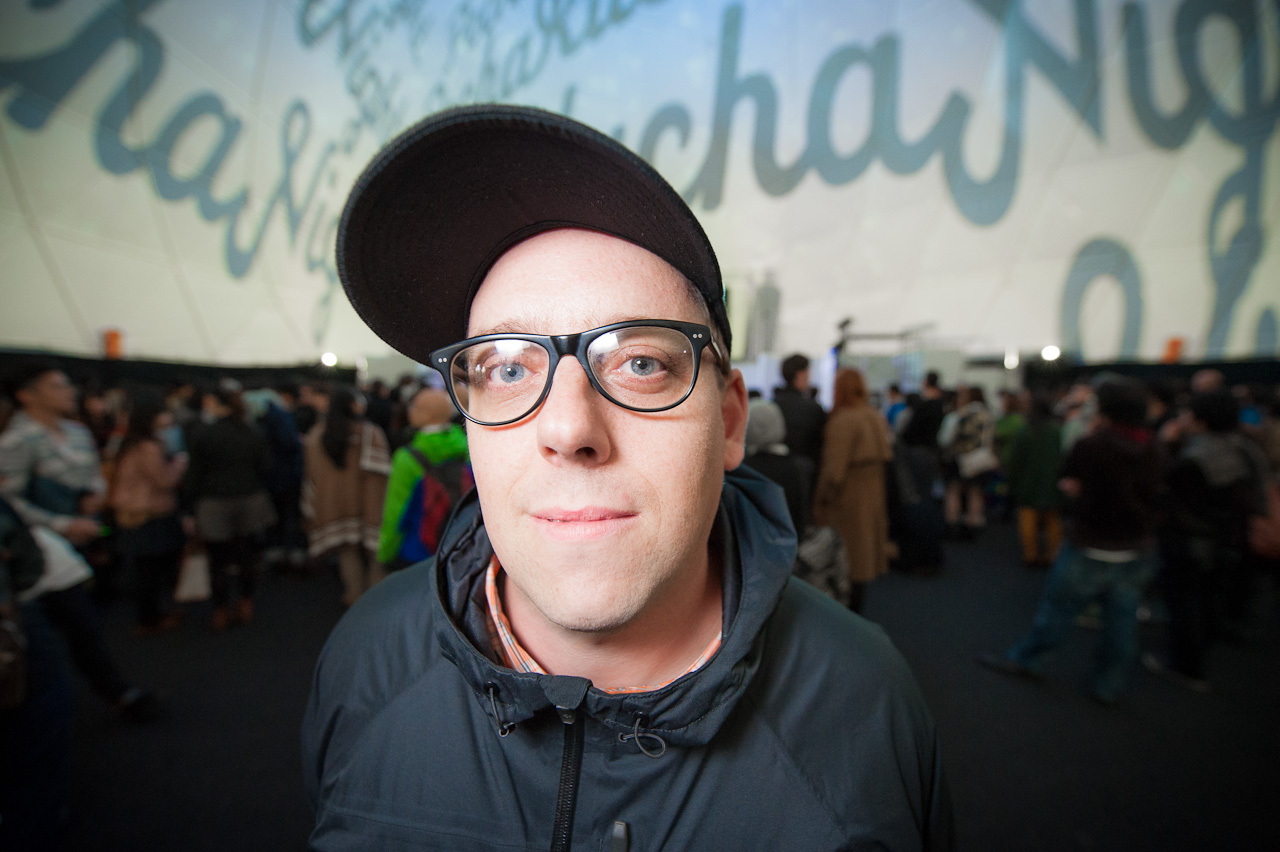3 Questions with Graphic Designer Ian Lynam
On Thursday, June 19, at 7pm, graphic designer Ian Lynam will be giving this month's Lakeland Lecture. We hope you can join us for the talk, which, as always, is free and open to the public. See the poster below for more details.
Before his talk, Lynam, who is also a member of the Temple University Japan faculty, took some time to chat with us about his new book, his time in college, and his thoughts on AI's impact on graphic design.
Sure thing! This is a poster for Kirin Beer from 1939, produced two years before Japan entered World War 2, though Japan was still very much wrapped up in the Interwar Period (a series of wars, battles, incursions, and invasions wherein which Japan took control of Korea, much of Manchuria, Taiwan, and other nations). Kirin Beer was one of Japan's top companies at that point and one of its investors was the Mitsubishi group—one of Japan's zaibatsu, vertically integrated corporations that helped keep the economy steady.
Mitsubishi was very much active in building Japanese warplanes, amongst other military/industrial endeavors. Mitsubishi and Kirin had military advisors very high up in their intertwined organizations, so buying a Kirin Beer was very much a matter of supporting the military, as well as the national economy. Purchasing their beer was something that everyday citizens could feel good about, because a purchase helped support the national economy and the war effort.
Incidentally, a lot of folks don't know this, but Kirin was actually started by an American guy who used to brew beer in a cave in Yokohama. He was terrible at business and had to sell it [named Spring Valley at the time] in 1884, which is when Mitsubishi got involved as they were some of the investors that bought the company.
I started making zines—small DIY magazines about punk rock, skateboarding, and other subcultural stuff—when I was 14 years old. That was my main inspiration and artistic output until I was 27 and went back to school for graphic design.
Graphic design helped me take my love of making stuff and turn it into a meaningful career where one might actually make money.
I fell in love with graphic design history, theory and literature while I was in undergrad and I decided to go to grad school to pursue studying it more. My love for design just kept building, and when I moved to Japan 20 years ago, I fell head over heels for Japanese graphic design. My new book is the result.
This is something that people keep asking me about, and I haven’t given anyone a serious answer until now, because I had to think about it a lot for a really long time. It’s something that creates a real emotional conundrum within me, because it’s really about the world changing in big ways—and that is something that I do not feel ambivalent about.
When I was in my 20s, graphic design was in the last days of being pre-digital. Things were largely done by hand and the computer wasn’t really a useful tool yet. A decade later, analog design processes that had kept dozens of people meaningfully employed were reduced to a lone person with a laptop. This is the first technological revolution I witnessed in my lifetime. That era of 'minification' was when I went back to school, and pursued a career as a graphic designer and design teacher.
We are now witnessing the next technological revolution—the offboarding from the laptop to the cloud. It will mean the loss of millions of jobs globally, with companies like Globis and Duolingo and others going “AI-first” to batter down the bottom line. This is resulting in the loss of many jobs for creatives globally at present—there will be less jobs in the future for designers, perhaps fewer than people anticipate.
AI is a tool, but also one that has already upended the world. I did a global research project for Adobe in 2018 to see how working designers felt about AI and literally nobody I talked to was afraid. Designers felt that their 'creativity' couldn't be replaced by AI...something I bet a number of them feel very differently about now.
There will always be creative work for designers—the futurist in me believes that, but we’ll have to be more creative than ever to carve out our place in the world. And I believe that creative work will be upheld by excellence in teaching and learning, because those are the things that the technology industries will look at absolutely last. They’ll grab all the small stakes-stuff first, as they are now.
---
To learn more about Ian, check out his website.
Follow LUJ on Instagram
